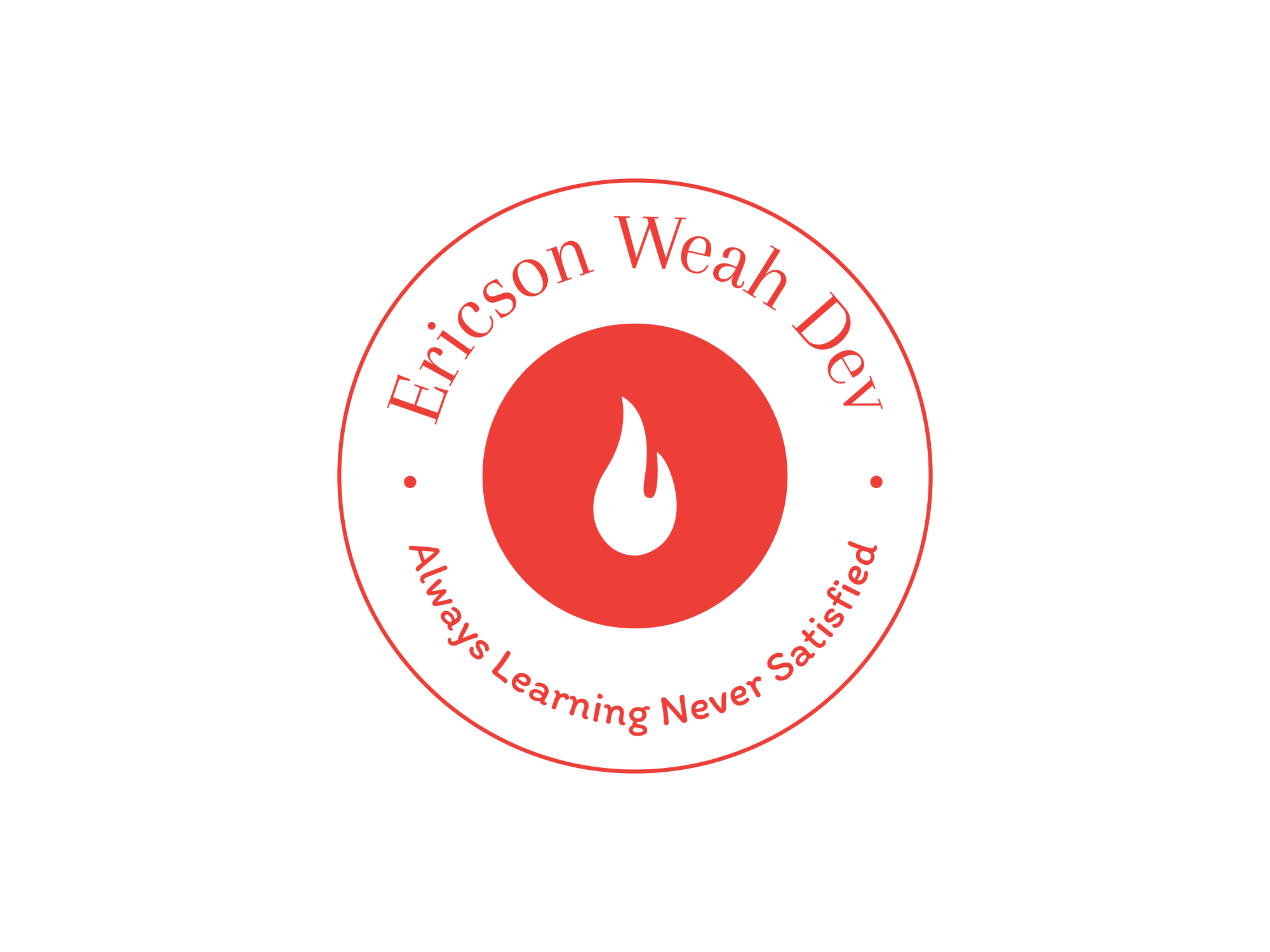Unlocking Innovation: The Power of Full Stack Development

In today’s fast-paced tech landscape, innovation and comprehensive solutions are key to staying competitive. Full stack development plays a critical role in driving this innovation, offering a holistic approach to software development that combines both front-end and back-end expertise. This article explores the transformative power of full stack development, its benefits, the technologies involved, and its significant business impact.
Introduction
Full stack development has become a cornerstone of modern software engineering, providing a versatile and efficient approach to building comprehensive digital solutions. By integrating front-end and back-end development, full stack developers enable seamless project execution, faster time-to-market, and innovative problem-solving capabilities. This article delves into the importance of full stack development, its benefits, and how organizations can leverage it for business success.
What is Full Stack Development?
Full stack development refers to the practice of working on both the front-end and back-end aspects of a web application. This approach requires a broad range of skills, including knowledge of user interface design, server-side logic, database management, and DevOps practices. Full stack developers are highly valued for their ability to oversee the entire project lifecycle, ensuring cohesive and efficient development.
Skills Involved in Full Stack Development
- Front-End Development: HTML, CSS, JavaScript, and frameworks like React, Angular, and Vue.js.
- Back-End Development: Server-side languages and frameworks such as Node.js, Express, Django, Ruby on Rails, and Laravel.
- Database Management: Both relational (MySQL, PostgreSQL) and NoSQL (MongoDB, Cassandra) databases.
- DevOps: Tools and practices like Docker, Kubernetes, Jenkins, and AWS for continuous integration and deployment.
- Version Control: Systems like Git and collaborative platforms like GitHub and GitLab.
Benefits of Full Stack Development
Holistic Perspective
Full stack developers have a comprehensive understanding of both front-end and back-end development, allowing them to oversee the entire project lifecycle. This holistic perspective ensures that all parts of the application work seamlessly together, leading to more cohesive and efficient development processes.
Enhanced Collaboration
Full stack developers bridge the gap between different parts of a development team, fostering better communication and collaboration. This integrated approach reduces bottlenecks and improves workflows, as full stack developers can understand and address both client-side and server-side challenges.
Flexibility and Adaptability
Full stack developers can switch between different tasks and technologies, adapting to changing project needs. This flexibility is particularly advantageous in agile and fast-paced environments, where project requirements may evolve rapidly.
Cost Efficiency
Hiring full stack developers can be more cost-effective than employing separate specialists for front-end and back-end development. This approach streamlines project management and reduces overhead costs, making it an attractive option for businesses looking to optimize their development budgets.
Key Technologies and Tools in Full Stack Development
Front-End Technologies
- HTML, CSS, JavaScript: The foundational technologies for building responsive and interactive user interfaces.
- Frameworks: React, Angular, and Vue.js are popular choices for creating dynamic front-end applications. Best practices include using responsive design principles and optimizing performance.
Back-End Technologies
- Node.js, Express: Popular for building scalable server-side applications with JavaScript.
- Django, Ruby on Rails, Laravel: Frameworks that provide robust and efficient back-end solutions for different programming languages.
- Best Practices: Emphasize modular design, RESTful APIs, and secure coding practices.
Databases
- Relational Databases: MySQL, PostgreSQL offer structured data storage with powerful querying capabilities.
- NoSQL Databases: MongoDB, Cassandra handle large volumes of unstructured data with high scalability.
- Best Practices: Focus on database normalization, indexing, and query optimization.
DevOps and Deployment
- Tools: Docker, Kubernetes, Jenkins, AWS facilitate containerization, orchestration, and CI/CD pipelines.
- Best Practices: Implement continuous integration, continuous deployment, and infrastructure as code to streamline deployment processes and ensure scalability.
Version Control and Collaboration Tools
- Git: Essential for version control, enabling developers to track changes and collaborate effectively.
- Platforms: GitHub, GitLab provide repositories, issue tracking, and collaboration features.
- Best Practices: Use branching strategies, code reviews, and commit message conventions to maintain a clean and manageable codebase.
Business Impact of Full Stack Development
Faster Time-to-Market
Full stack development accelerates the development process, enabling quicker delivery of features and products. Businesses benefit from shorter development cycles and faster iteration, which are crucial in competitive markets.
Innovation and Experimentation
Full stack developers play a key role in fostering innovation through rapid prototyping and experimentation. This approach allows businesses to test new ideas quickly and iterate based on user feedback, driving continuous improvement and innovation.
Scalability and Future-Proofing
Full stack development supports scalable and maintainable architectures, ensuring that applications can grow and adapt to future needs. By designing with scalability in mind, businesses can future-proof their applications and accommodate technological advancements.
Practical Tips for Leveraging Full Stack Development
Investing in Training and Development
Continuous learning is vital for full stack developers to stay updated with the latest technologies and best practices. Organizations should invest in training and provide resources for professional development, including courses, certifications, and workshops.
Building a Full Stack Team
Hiring and nurturing full stack talent is essential for maximizing the benefits of this approach. Create a collaborative and supportive environment that encourages teamwork and continuous learning. Look for developers with a broad skill set and a willingness to adapt to new technologies.
Adopting Best Practices
Implementing best practices in full stack development ensures high-quality and secure applications. Emphasize code quality, comprehensive testing, thorough documentation, and adherence to industry standards. Staying updated with the latest trends and tools is crucial for maintaining a competitive edge.
Resources for Further Learning
- Articles:
- Smashing Magazine
- CSS-Tricks
- Tutorials and Courses:
- Coursera: “Full Stack Web Development Specialization”
- Udemy: “The Complete 2023 Web Development Bootcamp”
- Communities:
- Stack Overflow
- Reddit: r/webdev
Conclusion
Full stack development is a powerful approach that drives innovation, enhances collaboration, and delivers comprehensive software solutions. By embracing full stack development, organizations can unlock new opportunities for growth, efficiency, and innovation. Invest in training, build a strong full stack team, and adopt best practices to leverage the full potential of full stack development in your projects.
In the dynamic world of software development, full stack development stands out as a versatile and efficient methodology. By integrating both front-end and back-end expertise, full stack developers can create cohesive and innovative solutions that meet the demands of today’s competitive market. Embrace the power of full stack development to drive your business forward and achieve success in your digital projects.






 and then
and then
Responses